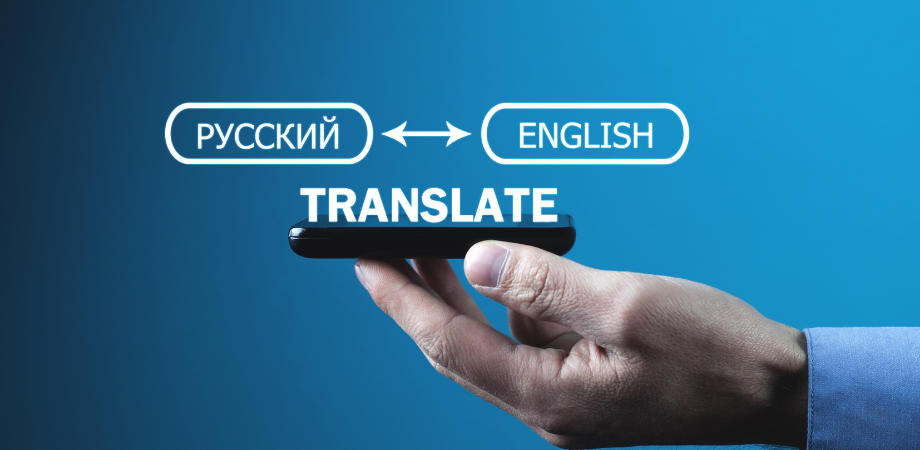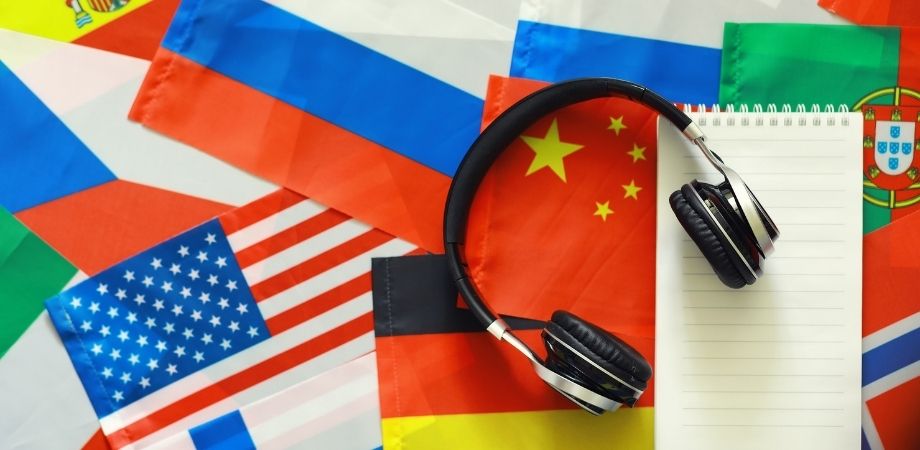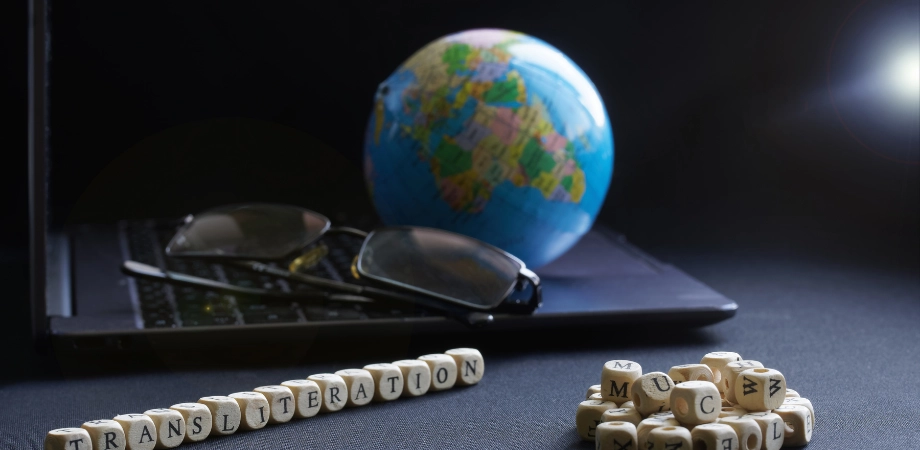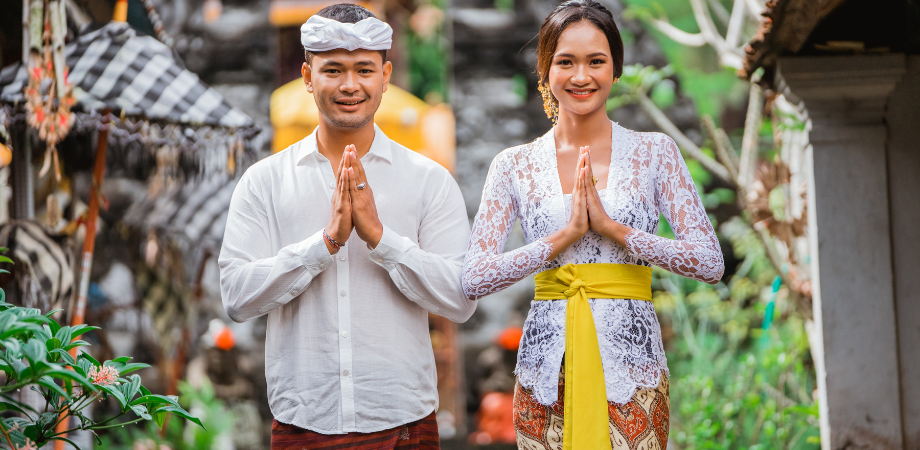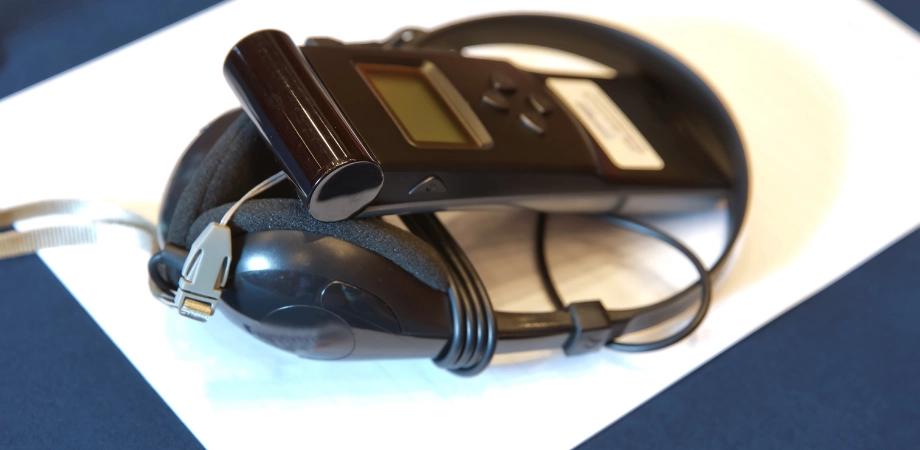It may not be possible to learn all the languages in the world but learning to say “hello” in a simple way shouldn’t be too difficult. You don’t even need to rely on translation services for this. Especially in Western culture, a warm and respectful greeting when meeting strangers can be a simple handshake, a brief eye contact, or sometimes a fist bump. However, the situation is not the same everywhere in the world; different greetings around the world are more than just shaking hands, making eye contact, or waving. Wherever you are, the key to building meaningful and effective relationships is to learn how the locals greet each other.
Each culture has its unique ways of greeting. That is why there are different greetings around the world. Sometimes it involves hugs, other times a heartfelt kiss on the cheek, and sometimes it can be a method you wouldn’t even think of as a way of greeting. Have you ever wondered how people greet each other in other countries? In the diverse and unique world of different cultures, people have managed to preserve traditions that set them apart from others. Greeting customs are one of these traditions, which have continued to exist through generations. When translating or localizing these customs for different audiences, transcreation is often necessary to maintain the cultural nuances and emotions behind these unique greetings. So, let’s dive in and take a brief look at 13 different ways of greeting from various places around the world.
Table of Contents
ToggleThe Most Different Greetings Around the World
When it comes to greetings, many of us think of shaking hands, saying hello, nodding slightly, waving; and in a more intimate setting, cheek kissing, fist bumping, and even giving a high-five. However, the world is not just limited to the small boundaries we perceive, and in regions unknown to us, people use incredibly interesting methods to greet each other. There are different greetings around the world like rubbing noses, clapping hands, sniffing faces, and sometimes even sticking out tongues. When adapting these unique cultural practices for global audiences, localization testing becomes essential to ensure that these customs are accurately conveyed without misinterpretation. Without further ado, let’s take a brief look at some of the different greetings around the world.
1. Stick out your tongue
In the different greetings around the world, the first is to stick out your tongue. You might be surprised, but in Tibet, to greet someone, you need to stick out your tongue and place your hands on your chest. Especially Tibetan monks, they greet by sticking out their tongues and placing their palms together on their chests. This way, they show that they come in peace. The reason behind this greeting is to prove that they are not the reincarnation of the cruel king Lang Darma who lived in the 9th century. It was known that the cruel king Lang Darma had a black tongue, so by sticking out their tongues, they demonstrated that their tongues were not black. Over time, this greeting tradition was embraced and spread.
2. Kiss on each cheek
In the different greetings around the world, especially in Mediterranean countries such as Italy, Spain, Turkey, and Portugal, as well as many regions across Europe, a quick kiss on the cheeks is enough for a warm and friendly greeting. It usually starts with the right cheek and then moves to the left, but in Italy, the order is reversed. Instead of actually kissing, it’s common to brush cheeks and make a kissing sound. However, particularly in Turkey and Italy, don’t be surprised if people give you loud and hearty kisses.
3. Air kiss on the cheek
This greeting style is very similar to a peck on each cheek, but the number of kisses can vary, and the cheeks may not actually touch. Therefore, the term “air kiss” is an appropriate description for this gesture. In the different greetings around the world, the number of air kisses varies from country to country, and even within the same country, it can differ between regions. In South American countries such as Argentina, Chile, Peru, Mexico, Brazil, and Colombia, one air kiss on either the right or left cheek is standard. In countries like Spain, Portugal, Paraguay, and Italy, it’s common to give two air kisses. In Russia and Ukraine, three air kisses are customary. In France, the number of kisses can vary by region, but generally, it is a habit to give four air kisses, while in Paris, it’s two, and in Corsica, it’s five.
In some countries, there are also gender rules associated with this greeting style. Typically, women air kiss other women without any restrictions, but between men and women, or between men, the rules for air kissing can vary significantly.
4. Bump noses
In the different greetings around the world, the fourth one is bumping noses. In the UAE, Saudi Arabia, Oman, and many Gulf countries, the commonly used greeting is not a handshake or a cheek-to-cheek kiss, but rather touching noses. When you visit these regions, remember to extend your nose to bump the other person’s nose as a way of greeting, instead of offering your hand or cheek. Nose bumping is not as intimate as a kiss, but it’s also not as distant as a handshake.
5. Shake hands
In the different greetings around the world, handshaking, although known as the most basic form of greeting, is not as simple as it seems and varies from country to country. For example, in Middle Eastern countries, handshakes involve using only the right hand because the left hand is considered unclean. In China, gripping the hand too strongly is not well-received, while Germans prefer a firm handshake with a single downward pull.
Have you ever had to shake hands when your hands were dirty or wet? Each country has developed different alternatives for such situations. For instance, in Morocco, the backs of hands are touched in such cases. In Rwanda, you would grasp the other person’s wrist. In Turkey, if your hands are wet, you bring your hand to your chest and complete the handshake by slightly nodding your head so that the other person’s hand doesn’t remain in the air.
Articles That May Interest You
6. Kiss three times from right to left to right
In countries like the Netherlands, Belgium, and Switzerland, where people who are not very close may find a handshake sufficient for greetings, more intimate relationships such as family and close friends prefer to kiss three times: R
ight-left-right on the cheeks. In the different greetings around the world, this greeting style combines both affection and warmth.
7. Clap your hands
In the different greetings around the world, especially in countries like Zimbabwe and Mozambique, clapping hands in a rhythmic pattern complements handshaking as a tradition. The Shona people in Zimbabwe, when greeting, place their hands one over the other, cupping their palms inward, and clap them in a rhythmic manner instead of the usual clapping position. The first person claps once, and the second person responds with two claps.
Men clap with their fingers and palms aligned, while women take care to hold their hands at an angle. In northern Mozambique, people clap three times before saying “moni” (hello).
8. Rub noses
If kisses feel too intimate and handshakes seem too formal, why not try the Maori tradition of hongi for greeting someone? In the different greetings around the world, in this custom, two people meet and press or rub their foreheads and noses together, symbolizing “the breath of life” in New Zealand’s indigenous Māori culture. This greeting signifies the sacred welcoming of a visitor into Māori culture and is used at pōwhiri (Māori welcoming ceremonies). However, this honor is not extended to everyone and is carried out on special invitation.
9. Sniff faces
If you are in Tuvalu, it might be good to always be nice and clean-smelling. Here, the traditional Polynesian welcome involves pressing their face to a person’s cheek and inhaling deeply, sniffing the person. On the other hand, among the different greetings around the world, in Greenland, the Inuit tradition of “kunik” involves placing your nose and upper lip against someone’s cheek or forehead and sniffing, but it is limited to very close relationships.
10. Greeting your elders before younger people
Respecting elders is highly valued in almost all Asian and African countries. Therefore, it is important to greet and acknowledge older individuals before younger ones, using culture-specific titles and expressions of respect during introductions.
In the Philippines, young people greet their elders with a slight bow, then take the older person’s right hand and bring it up to their forehead, while the elders lightly brush the young person’s forehead. Among the different greetings around the world In India, people show respect to their elders by touching their feet. In some African countries, young people demonstrate respect for their elders by kneeling on one or both knees.
11. Bow
Bowing as a form of greeting is commonly seen in Asian cultures, but it varies from country to country. For example, among the different greetings around the world, in countries like India, Nepal, Cambodia, and Thailand, people greet each other by placing their palms together at heart level and tilting their heads slightly forward. In countries like India and Nepal, you might hear the phrase “namaste” during this greeting, which translates to “I bow to you” or “adoration to you.”
In Japanese culture, bowing is the standard way to greet. The duration and angle of the bow vary depending on the age or status of the person being greeted. When peers greet each other, they do a subtle bow, but when greeting elders, a deeper bow is required as it indicates a higher level of respect. However, the bow should not exceed 90 degrees. Men bow with their hands at their sides, while women bow with their hands on their thighs. Among younger generations, a slight head bow is becoming more common as a greeting.
12. Put your hand on your heart
Among the different greetings around the world, the Malaysian greeting carries a deep emotional meaning. Malays usually greet each other by extending their hands and touching the other person’s fingertips, then bringing their hands to their chests and nodding slightly. This gesture symbolizes the goodwill and open-heartedness with which they are greeting the other person.
It is polite for the other person to return the gesture. If the other person is a woman, men should wait for her to extend her hand. If she doesn’t, men should put their hands on their chests and give a slight nod as a greeting.
13. Press your hands together and slightly bow
Pressing your hands together in a prayer-like fashion and slightly bowing is a unique way of greeting in Thailand, known as the “Wai.” The height at which you place your hands signifies the level of respect you are showing.
If you are planning to travel to any of these places soon, at least you have learned how to greet the local people and you now have an idea of how they will respond to you. However, if you are considering expanding into these countries and doing business there, you will need to know more than just a simple greeting. The best way to do this is to make use of localization services.

